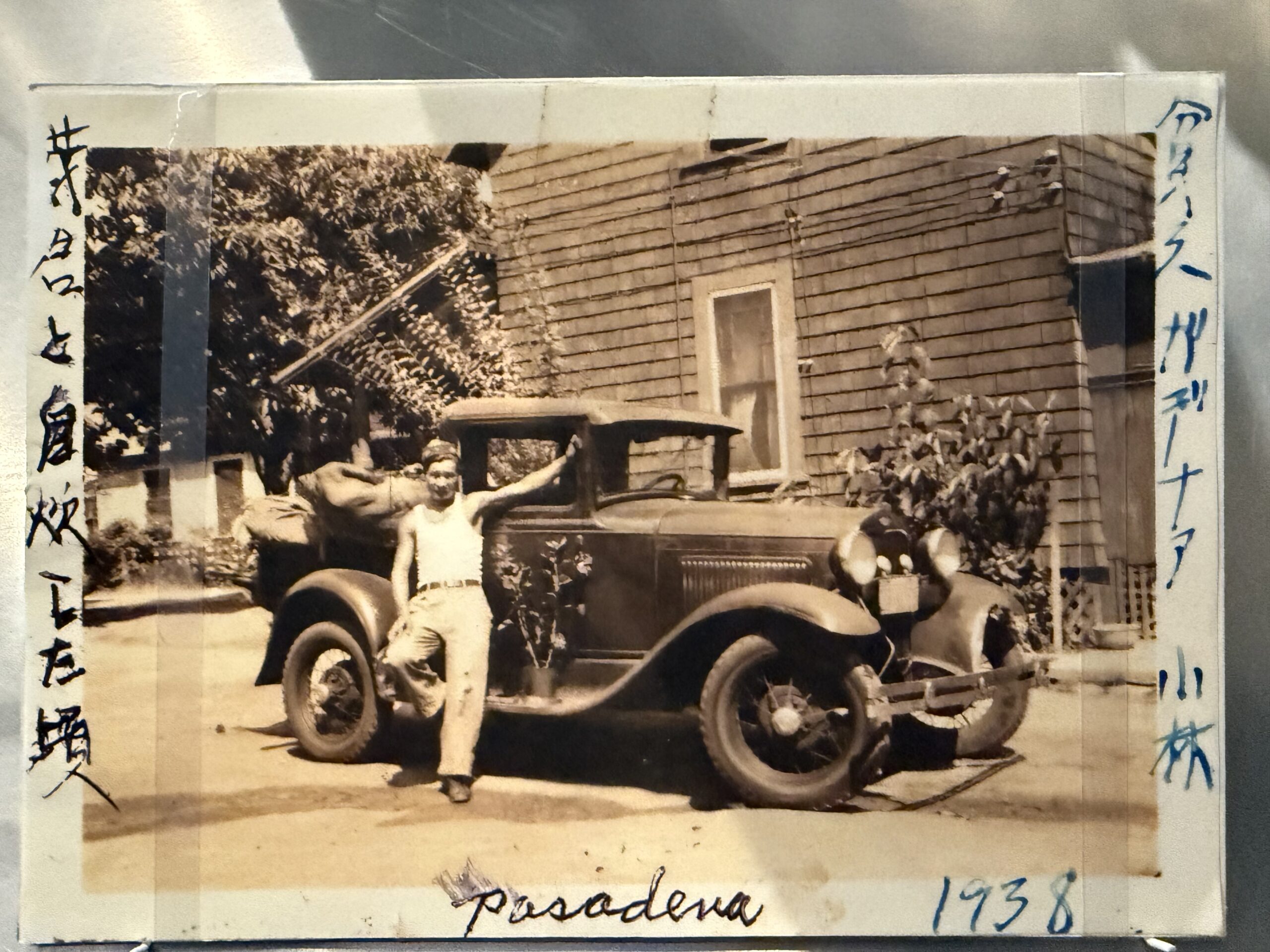By Châu Le, Executive Vice President, Creative
Hollywoodland news
When we talk about representation, it isn’t just about being seen. It’s about being understood. Cruising J-Town: Behind the Wheel of the Nikkei Community offers more than an exhibit. It honors Japanese American car culture, family strength and the shared drive to find connection, history and belonging.
How Japanese American Car Culture Shaped Southern California
It’s a universal need to see yourself reflected in media that feels both relatable and celebrated. This is especially true when those stories come from voices that not only inspire their communities but also add depth to the American experience.
Cruising J-Town: Behind the Wheel of the Nikkei Community is a collaboration between the Japanese American National Museum and ArtCenter College of Design. It features the work of curator Dr. Oliver Wang. Throughout the exhibit, visitors explore how Japanese Americans built a connection to car culture in Southern California.
In addition to the free exhibit, there is a companion book that expands on Dr. Wang’s ten-year journey with the project. Together, the show and book spotlight a cultural legacy that deserves more attention.
Stories of Pride and Pain in Japanese American Car Culture
I had the privilege of being one of the exhibit’s earliest visitors, joined by Hollywoodland News, Founder and Editor-In-Chief, Regina Luz-Jordan on July 30.
Don’t let the exhibit’s simplicity fool you. The artifacts tell powerful stories, ones filled with triumph and pain. They show how cars became vessels for success and, at times, symbols of difficult chapters in history that must not be forgotten.
Visitors will immediately notice Purple Reign, a stunning purple custom 1951 Mercury coupe on display from Brian Omatsu. It sits surrounded by a kaleidoscope of colorful hubcaps.
Some may be drawn instead to the varsity jackets worn by different car clubs. Others might linger on the companion photographs that capture a community bonded by shared love.
Cruising J-Town brings attention to parts of Japanese American life in Los Angeles that often go overlooked. At the same time, it echoes JANM’s mission to honor every community’s story.
A 1931 Chevy and the Road Through Incarceration
The artifact that stayed with me most was the Marumoto family’s newly restored 1931 Chevrolet.
In February 1942, President Franklin D. Roosevelt signed Executive Order 9066. This order led to the forced removal and incarceration of all Japanese Americans living on the West Coast. Just ten days later, General John L. DeWitt issued Public Proclamation No. 1.
That proclamation made it clear. Japanese Americans would be removed from Military Area 1. This zone included the western halves of Washington and Oregon, the southern half of Arizona, and nearly all of coastal California, from the Oregon border through Los Angeles and beyond.
During the spring of 1942, all six members of the Marumoto family “voluntarily evacuated” from Los Angeles to Utah to avoid the military exclusion zone. By leaving, they spared their family from incarceration in the camps.
Moments like this reveal the quiet strength of family and human will. At the same time, they carry the pain of being made to leave a place that once felt like home.
Community, DEI and the Future of Japanese American Car Culture
One of my favorite parts of events like this is hearing directly from the creatives involved before the public enters.
Through JANM board member William T. Fujioka and ArtCenter College of Design president Karen Hofman, the audience gained a better understanding of how this partnership brought so many stories to life.
Mr. Fujioka spoke about JANM’s continued commitment to DEI and to uplifting every community it serves. This message felt especially important in today’s political climate, where supporting DEI often gets framed as a negative.
If you’re not familiar with JANM (www.janm.org), the museum began in 1985. It started as a collaboration between Japanese American World War II veterans and Little Tokyo business leaders. Since then, it has grown into a national space for preserving Japanese American history.
JANM continues to speak out when diversity, dignity and justice come under attack. It remains focused on sharing the hard-fought lessons shaped by that history.
Why Exhibits About Japanese American Car Culture Matter
Dr. Wang closed the evening with a few words that stayed with me. I hope they encourage you to visit this free exhibit in Pasadena.
“It’s about a community of people… car culture is the vessel.”
That message stayed with me because we all want to feel like we belong. We all want to feel seen in the places we call home.
Dr. Wang also shared a quote from Philip Sakimoto that echoed those feelings:
“Living in a world dominated by others, we so rarely see anything that speaks to our own upbringings. To see ourselves in literature or history books or a museum exhibition is monumental… making us feel like actual human beings.”
Cruising J-Town offers a path toward that kind of recognition. It helps us see one another’s humanity, and maybe even recognize how much we share.
How to See the Exhibit
Cruising J-Town: Behind the Wheel of the Nikkei Community is located at the Peter and Merle Mullin Gallery at ArtCenter College of Design until November 12, 2025.
Ticket Reservations Recommended.
If you are not local to the Los Angeles area, and are interested in the exhibit, you can purchase the companion book, Cruising J-Town: Japanese American Car Culture in Los Angeles by Oliver Wang.
The Japanese American National Museum will remain closed until fall 2026 for renovations. If you have the means to support their cause and excellent work, JANM always accepts donations and members.
Now more than ever, nonprofits you support need your voice and your help.


Leave a Reply